
Bridging advanced tools in molecular biology research
A new doctoral network trains fellows as it potentially pioneers a whole new way of exploring the cellular genotype-phenotype link.
PEOPLE & PERSPECTIVES2025
people-perspectives
Showing results out of

A new doctoral network trains fellows as it potentially pioneers a whole new way of exploring the cellular genotype-phenotype link.
PEOPLE & PERSPECTIVES2025
people-perspectives
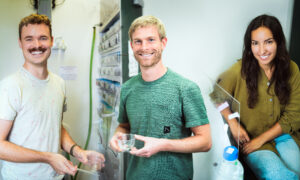
The Arendt Group at EMBL Heidelberg focuses on mechanisms of evolution, studying Platynereis dumerilli – evolutionarily ancient marine worms found broadly along European coasts.
SCIENCE & TECHNOLOGY2025
science-technology
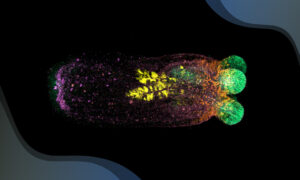
Scientists have shown how regenerating sea anemones restore their shape following a major injury, uncovering novel cellular and molecular mechanisms.
SCIENCE & TECHNOLOGY2024
science-technology
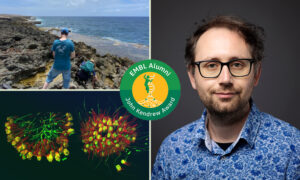
EMBL alumnus Thibaut Brunet, recipient of the 2024 John Kendrew Young Scientist Award, shares his scientific journey – from a childhood passion for nature to the discovery of a new species of choanoflagellate.
PEOPLE & PERSPECTIVES2024
people-perspectives
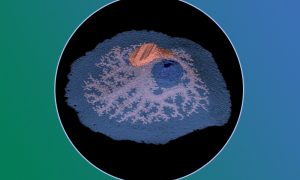
Sponges lack muscles and neurons. Yet, they make coordinated movements. Scientists at EMBL Heidelberg have discovered that sponge movement is controlled by an ancient ‘relaxant-inflammatory’ response that is also present in vertebrate blood vessels. The findings shed light on sponge physiology…
SCIENCE & TECHNOLOGY2024
sciencescience-technology
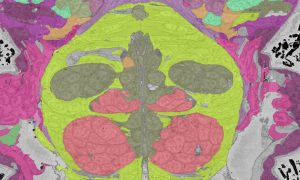
EMBL researchers are pushing the frontiers of big data analysis in biological imaging, allowing scientists to gain a many-layered and multidimensional view of organisms, tissues, and cells in action.
EMBLetc2023

Europe’s life sciences laboratory EMBL on 5 April welcomed Council delegates Ivana Lagator and Lidija Vukcevic from the Montenegrin Ministry of Science and Technological Development, and University of Montenegro representative Professor Danilo Mrdak, to discuss expanding research and training…
CONNECTIONSLAB MATTERS2023
connectionsembl-member-stateslab-matters

An annual Corporate Partnership Programme meeting provided a forum for EMBL researchers and industry representatives to discuss mobile labs, planetary biology, and other areas of common interest.
CONNECTIONS2023
connectionsevents
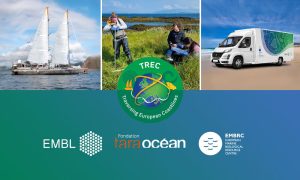
EMBL is leading the TREC project: the first pan-European and cross-disciplinary effort to examine life in its natural context.
EMBL ANNOUNCEMENTSLAB MATTERS2023
embl-announcementslab-matters
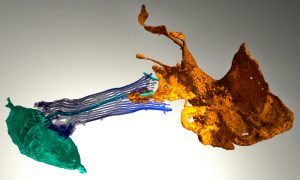
What can sponges tell us about the evolution of the brain? Sponges have the genes involved in neuronal function in higher animals. But if sponges don’t have brains, what is the role of these? EMBL scientists imaged the sponge digestive chamber to find out.
SCIENCE & TECHNOLOGY2021
sciencescience-technology

EMBL scientists and colleagues have developed an interactive atlas of the entire marine worm Platynereis dumerilii in its larval stage. The PlatyBrowser resource combines high-resolution gene expression data with volume electron microscopy images.
SCIENCE & TECHNOLOGY2021
sciencescience-technology

Under the innovative Planetary Biology research theme, EMBL scientists aim to understand life in the context of its environment.
SCIENCE & TECHNOLOGY2021
sciencescience-technology
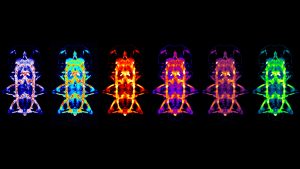
Paola Bertucci, from the Arendt Group at EMBL Heidelberg, studies the evolution of Platynereis dumerilii – a species of annelid polychaete worm.
SCIENCE & TECHNOLOGY2020
picture-of-the-weekscience-technology
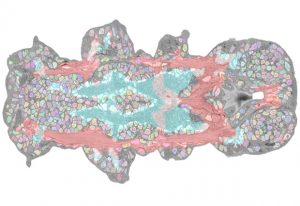
EMBL researchers combine multiple datasets to develop expandable atlas of an entire animal
SCIENCE & TECHNOLOGY2020
sciencescience-technology
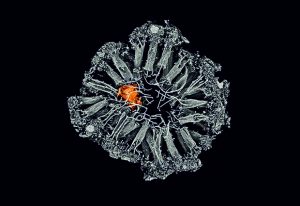
Exploring the diverse routes by which EMBL scientists are driving forward neurobiology
SCIENCE & TECHNOLOGY2019
sciencescience-technology
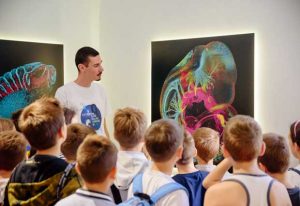
Two recent events have expanded EMBL’s collaboration with one of its newest member states
CONNECTIONS2019
connectionsevents
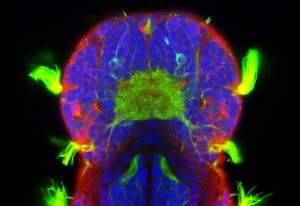
EMBL researchers discover that four organs in a marine worm’s head can sense different chemicals
SCIENCE & TECHNOLOGY2018
sciencescience-technology
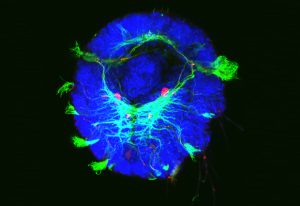
EMBL scientists discover how a molecule’s role changes from simple metabolite to instructive signal
SCIENCE & TECHNOLOGY2018
sciencescience-technology
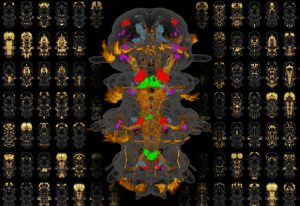
EMBL researchers complete a molecular atlas showing gene expression in all cells in an entire animal
SCIENCE & TECHNOLOGY2017
sciencescience-technology
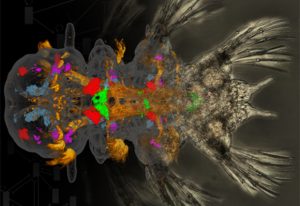
ERC grantee Detlev Arendt shares his vision for the next ten years
SCIENCE & TECHNOLOGY2017
sciencescience-technology

3D printing, gaming, virtual reality and lenticular posters bring new perspectives to research
SCIENCE & TECHNOLOGY2016
sciencescience-technology

EMBL scientists regularly receive prestigious awards – meet the latest honourees.
EMBL ANNOUNCEMENTSLAB MATTERS2015
embl-announcementslab-matters
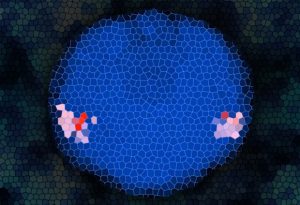
New single-cell genomics techniques bring ‘omics to evolution and development research.
SCIENCE & TECHNOLOGY2015
sciencescience-technology
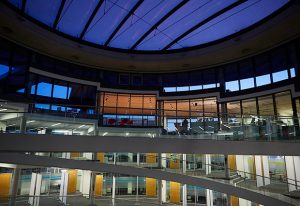
EMBL’s corporate partners zoom in on big data and bioimaging.
CONNECTIONS2015
connectionsevents
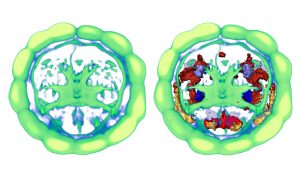
Our cerebral cortex, or pallium, is a big part of what makes us human: art, literature and science would not exist had this most fascinating part of our brain not emerged in some less intelligent ancestor in prehistoric times. But when did this occur and what were these ancestors? Unexpectedly,…
SCIENCE & TECHNOLOGY2010
sciencescience-technology
The last ancestor we shared with worms, which roamed the seas around 600 million years ago, may already have had a sophisticated brain that released hormones into the blood and was connected to various sensory organs. The evidence comes not from a newly found fossil but from the study of microRNAs…
SCIENCE & TECHNOLOGY2010
sciencescience-technology
No results found